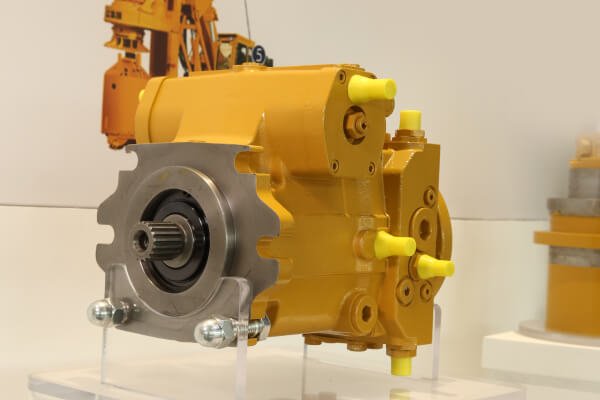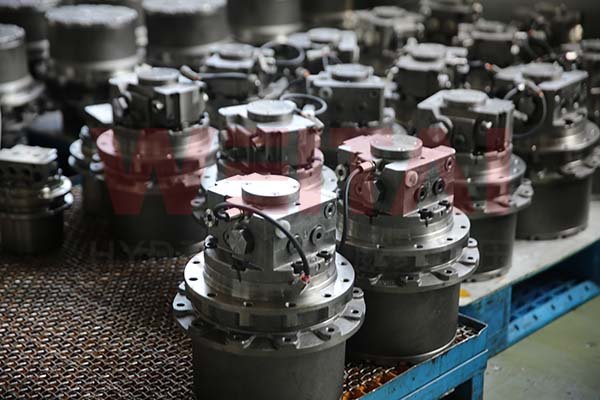Introduction
Variable swash plate hydraulic pumps are critical components in various industrial and mobile applications, offering precise control over fluid flow and pressure. Recent technological advancements have significantly enhanced their performance, efficiency, and reliability. This article explores the latest variable swash plate hydraulic pump technology innovations and their implications for different industries.

Advanced Materials and Manufacturing Techniques
High-Strength Alloys and Composites: Using advanced materials such as high-strength alloys and composites has improved the durability and performance of swash plate pumps. These materials offer better resistance to wear and tear, corrosion, and extreme temperatures, leading to longer service life and reduced maintenance costs.
Additive Manufacturing: 3D printing and other additive manufacturing techniques have enabled the production of complex pump components with greater precision and customization. This has allowed for more efficient designs and quicker prototyping, leading to faster innovation cycles.
Enhanced Control Systems
Electronic Control Units (ECUs): Modern variable swash plate hydraulic pumps are increasingly integrated with advanced ECUs that provide real-time monitoring and control. These systems can adjust the swash plate angle dynamically, optimizing performance and efficiency based on operational requirements.
Smart Sensors and IoT Integration: The incorporation of smart sensors and Internet of Things (IoT) technology has revolutionized pump monitoring and diagnostics. These sensors can collect data on parameters such as pressure, temperature, and flow rate, allowing for predictive maintenance and reducing downtime.

Energy Efficiency Improvements
Variable Displacement Technology: Innovations in variable displacement mechanisms have led to significant improvements in energy efficiency. By precisely controlling the displacement of the pump, it is possible to minimize energy consumption and reduce heat generation.
Regenerative Hydraulic Systems: Some advanced systems now include regenerative capabilities, where energy is recovered and reused within the hydraulic circuit. This not only enhances efficiency but also reduces the overall environmental impact.
Noise and Vibration Reduction
Advanced Damping Techniques: New damping materials and techniques have been developed to minimize noise and vibration in variable swash plate hydraulic pumps. These advancements are particularly important in applications where noise reduction is critical, such as in mobile machinery and construction equipment.
Optimized Geometries: Computational fluid dynamics (CFD) and other simulation tools have enabled the optimization of pump geometries to reduce pulsations and vibrations. This has resulted in quieter and smoother operations.
Integration with Hybrid and Electric Systems
Hybrid Hydraulic Systems: Integrating variable swash plate pumps with hybrid systems that combine hydraulic and electric power sources has opened new possibilities for energy savings and performance enhancements. These systems can switch between power sources based on the load and operational requirements.
Electric Variable Swash Plate Pumps: Fully electric versions of variable swash plate pumps are being developed to cater to the growing demand for electrification in various sectors. These pumps offer precise control and reduced emissions, aligning with global sustainability goals.

Conclusion
The ongoing innovations in variable swash plate hydraulic pump technology are transforming the landscape of hydraulic systems. From advanced materials and manufacturing techniques to enhanced control systems and energy efficiency improvements, these advancements are driving higher performance, reliability, and sustainability. As industries continue to evolve, the adoption of these cutting-edge technologies will play a crucial role in meeting the demands of modern applications.




